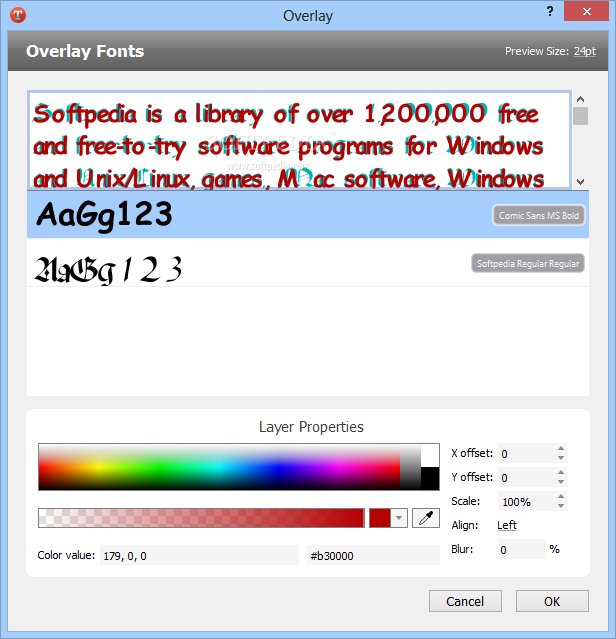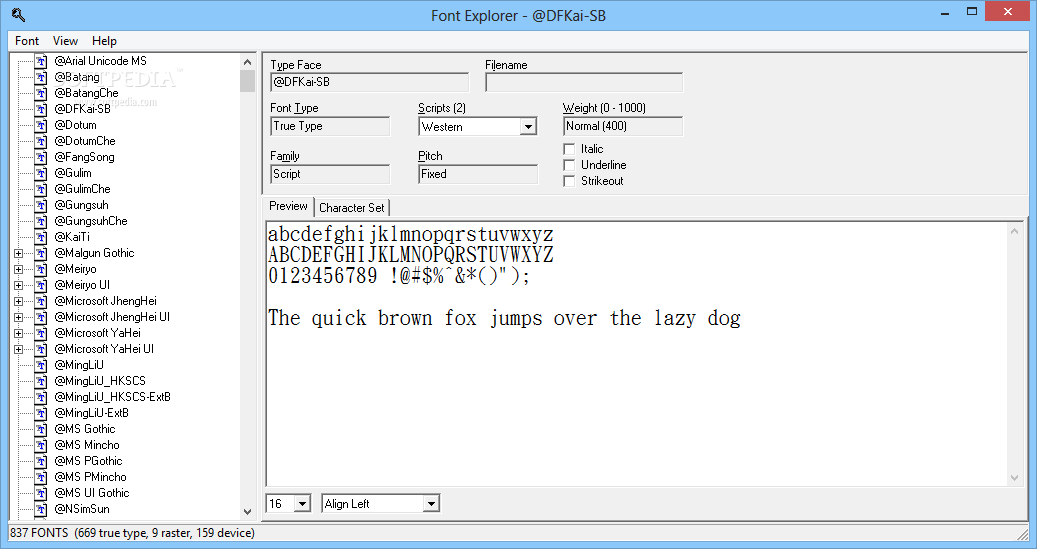
The update of single field content is not supported yet. The Snapshot-based handles just one records in any case. In this case we still expect the complete historical and future records for the Private Address data set within the Complete replication. only the Private Address setting all other Unchanged Indicators to true. This means that it is now supported to change e.g. Using partial update, the consumer can update specific employee data more efficiently. OrganisationalAssignmentUnchangedIndicatorĮxpenseArrangementAssignmentSetUnchangedIndicator The indicators below allow you to restrict the update to a special data section:

Partial update is possible using the UnchangedIndicators. Restricted update of a specific data section (Partial update) In addition, Sales onDemand supports the following data: Data Section Public holiday calendar, working time model Relevant for contract details of an employeeĬountry version, reimbursement information Multiple assignments to reporting lines or cost centers are supportedĪn employee with work agreement contains an enriched employee data as the following: Data Section Relevant for access information such as identity ID and role assignment Service agents are not supported Relevant only for lean employees Relevant for mail communication and employee data screens Relevant for personal identification and the search of particular employees The system setup differs between a lean employee and an employee with work agreements.Ī lean employee contains basic employee data as the following: Data Section Lean employee versus employee with work agreement Thinking about the consequences the switch from snapshot-based to complete could make sense while the switch from complete to snapshot-based should be treated carefully. Doing so you should have in mind that the complete interface always expects all data while the snapshot-based replicates the data as of today without historical and future records. It is allowed to switch between snapshot-based and complete data replication and vice versa. If you want to replicate the data directly into the productive business objects you can use the ScheduleProcessingDirectlyIndicator (=true). The processing of this data takes place in a daily run which cannot be configured by the consumer. The replicated employee data are stored in a staging area. If a special update is known in advance it is not possible to send this earlier than the date it is valid from. A disadvantage of this operation is that you have to send updates "as of today". History will be built up automatically as soon as multiple requests occur over a period of time for the same employee on different snapshot dates. Replicate the data for a special point in time with the snapshot-based replication with the operation Replicate Fundamental Data. Have in mind that data not passed in the operation anymore will be treated as deletion. You must use operation Replicate Complete Employee Master Data.

Replicate of the complete historic and future data of employees There are two options for this data replication:

Complete versus Snapshot-based replication This interface allows the consumer the replicate of employee master data from a leading employee master data system into the current system. An interface to replicate employee master data from a remote source, such as a system or a file, to a target system.


 0 kommentar(er)
0 kommentar(er)
